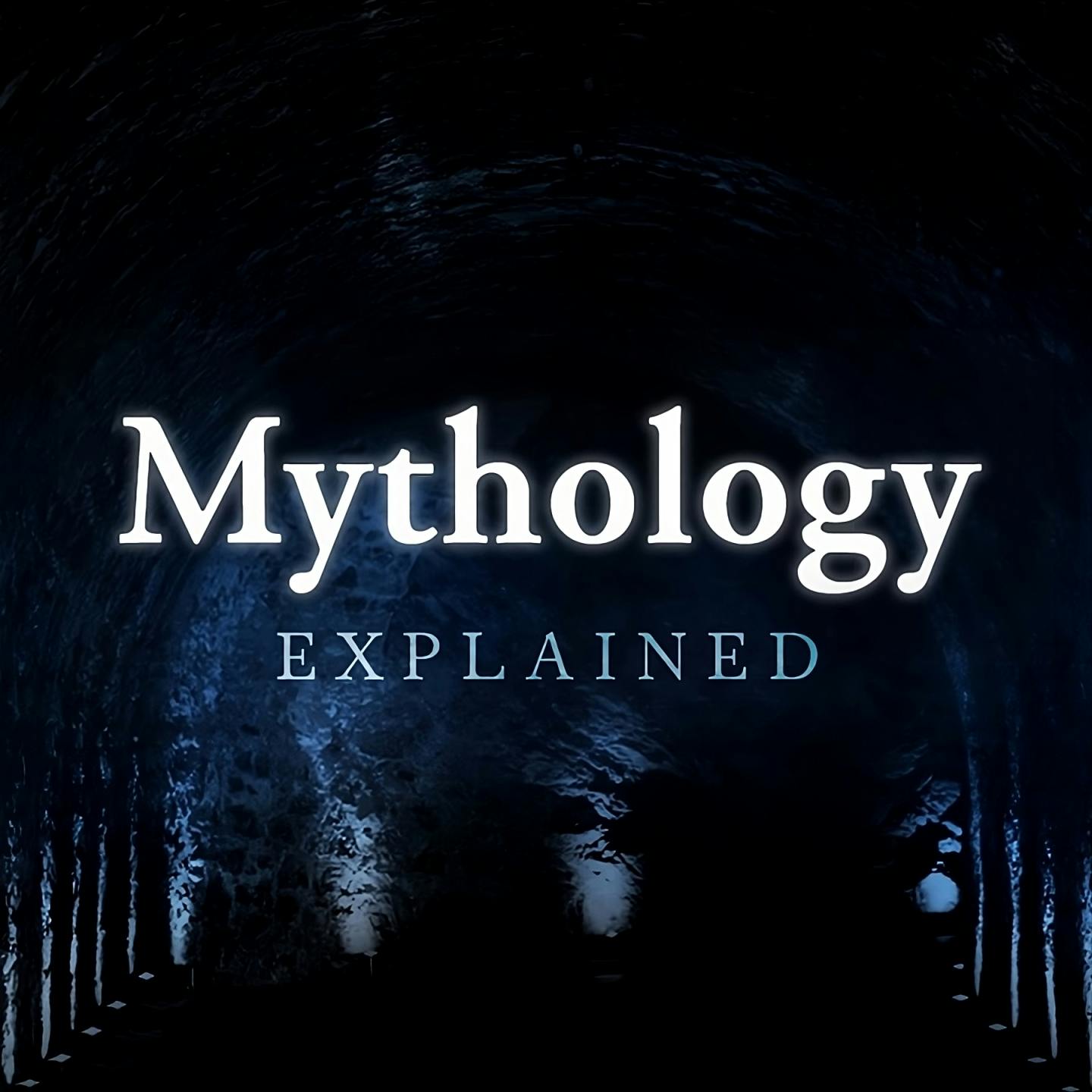
They Destroyed the TITANS and the GODS Feared them - Greek Mythology Explained

Mythology Explained
Shownotes Transcript
Hey everyone, welcome to Mythology Explained. In today's video, we're going to discuss the Hecatonchires, a trio of incredibly powerful monsters in Greek mythology. Monsters so powerful that they overwhelmed the titans and even struck fear into the hearts of the gods.Let's get into it.Gaia, the personification of the earth, and Uranus the personification of the sky, together, had three groups of children, and each subsequent group was less monstrous than the group that came before it. First there were the three Hecatonchires, a monstrous trio, each with 100 arms; then there were the cyclopes, three beings with human-like appearance except for their single eye, and then there were the first-generation titans, a group of 12 gods.The hecatonchires were described as unsurpassed in size and strength. A cluster of 50 powerful arms grew from each shoulder, and their bodies were surmounted by a knot of 50 heads. Their names were Briareus, derived from the Greek word for stout or strong, Cottos, Wrathful One, and Gyes, Son of the Earth. Their father found them to be so abominable that they were cast into the cavernous abyss of Tartarus. The same was also done to the Cyclopes. The Titans, however, were not subject to this fate, satisfying the arbitrary aesthetic standard their father would, apparently, go to any length to preserve, even if it meant condemning his children to interminable imprisonment in the deep dark below the earth. The imprisonment of the Hecatonchires was a crucial moment in the Greek creation myth because it was the impetus for the first conflict. Having her children trapped inside of her was a source of great pain for Gaia, who supplicated her children to rise up as her champions. The result was Cronus castrating his father with a sickle of Adamant, dethroning Uranus to become the new king of the cosmos. The Hecatonchires and the giants were released, but their time as free monsters would prove only a brief sojourn; for they were quickly reimprisoned.